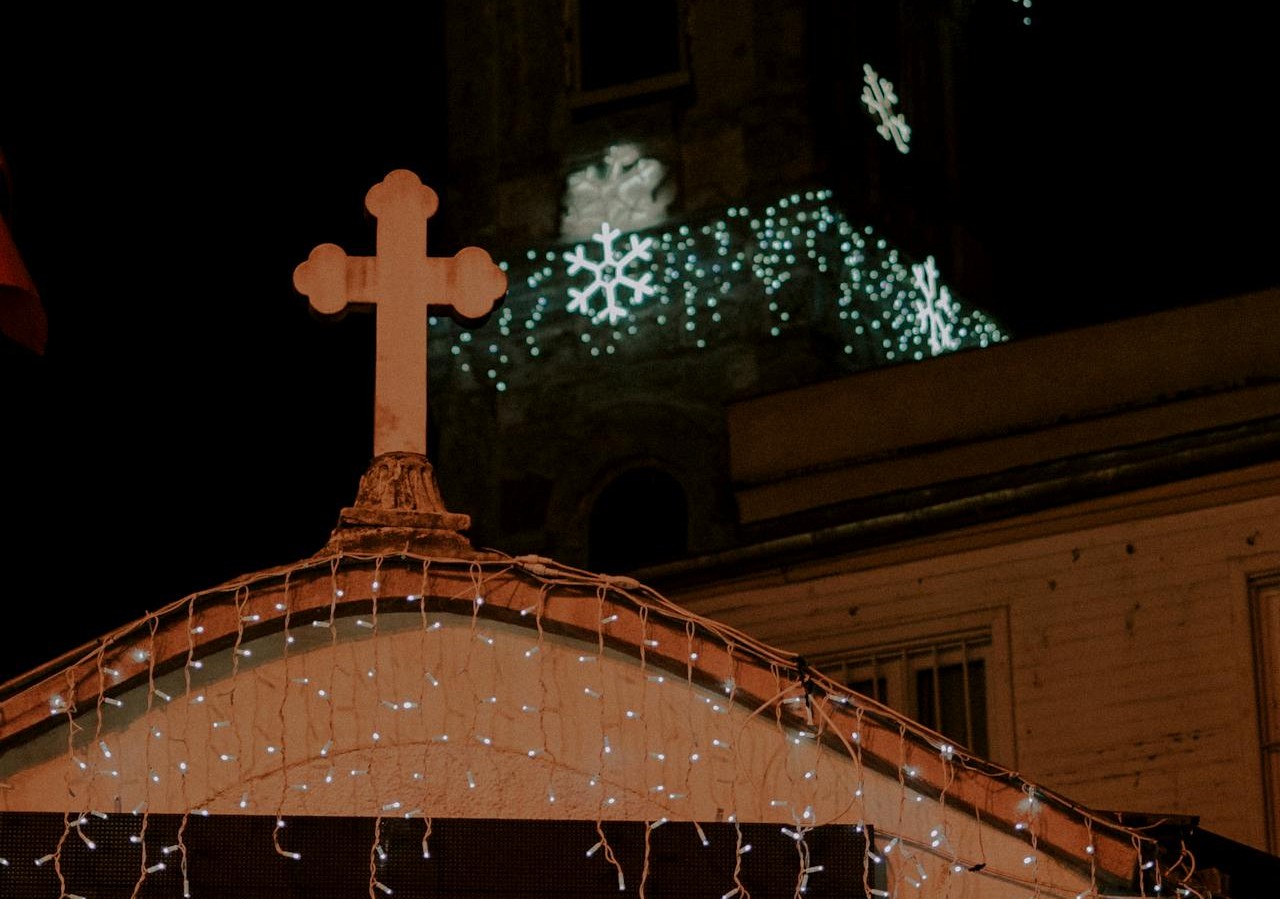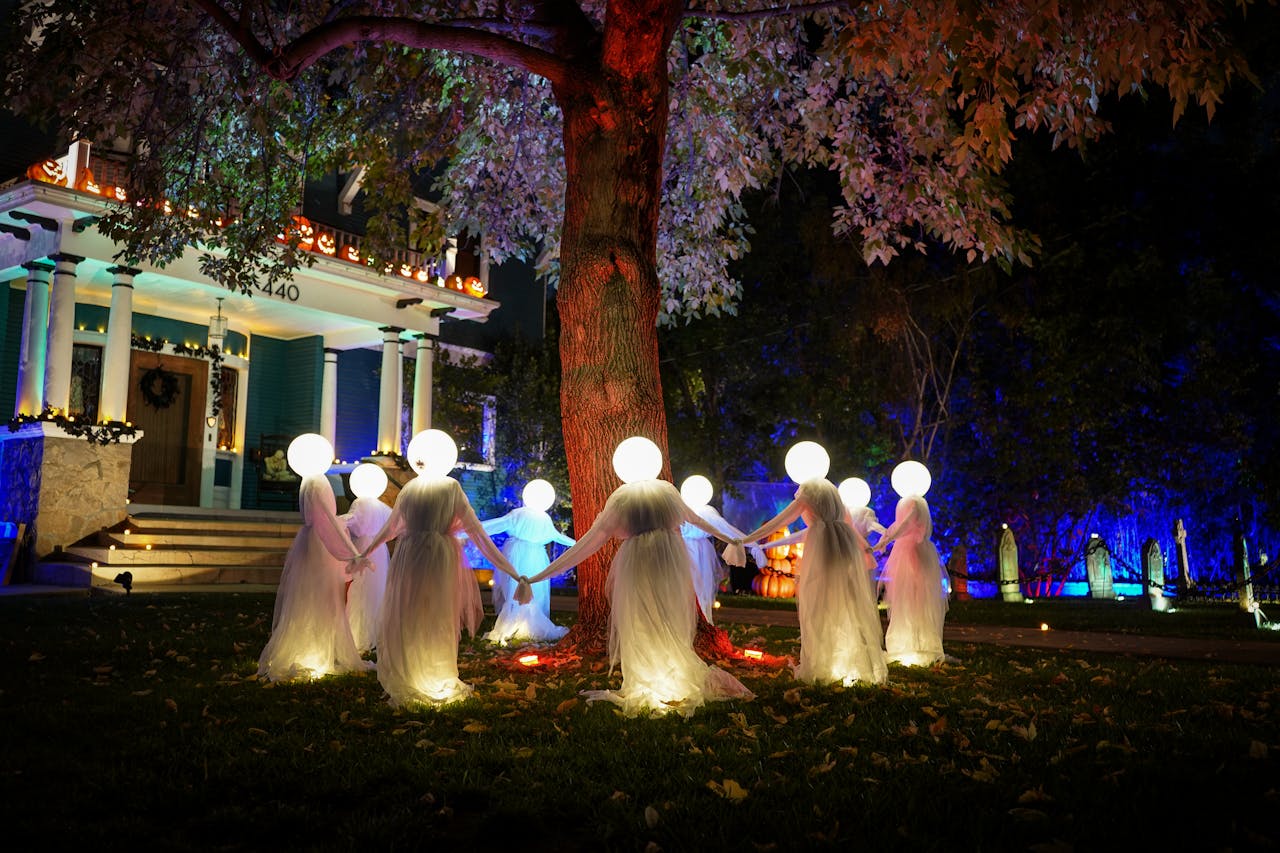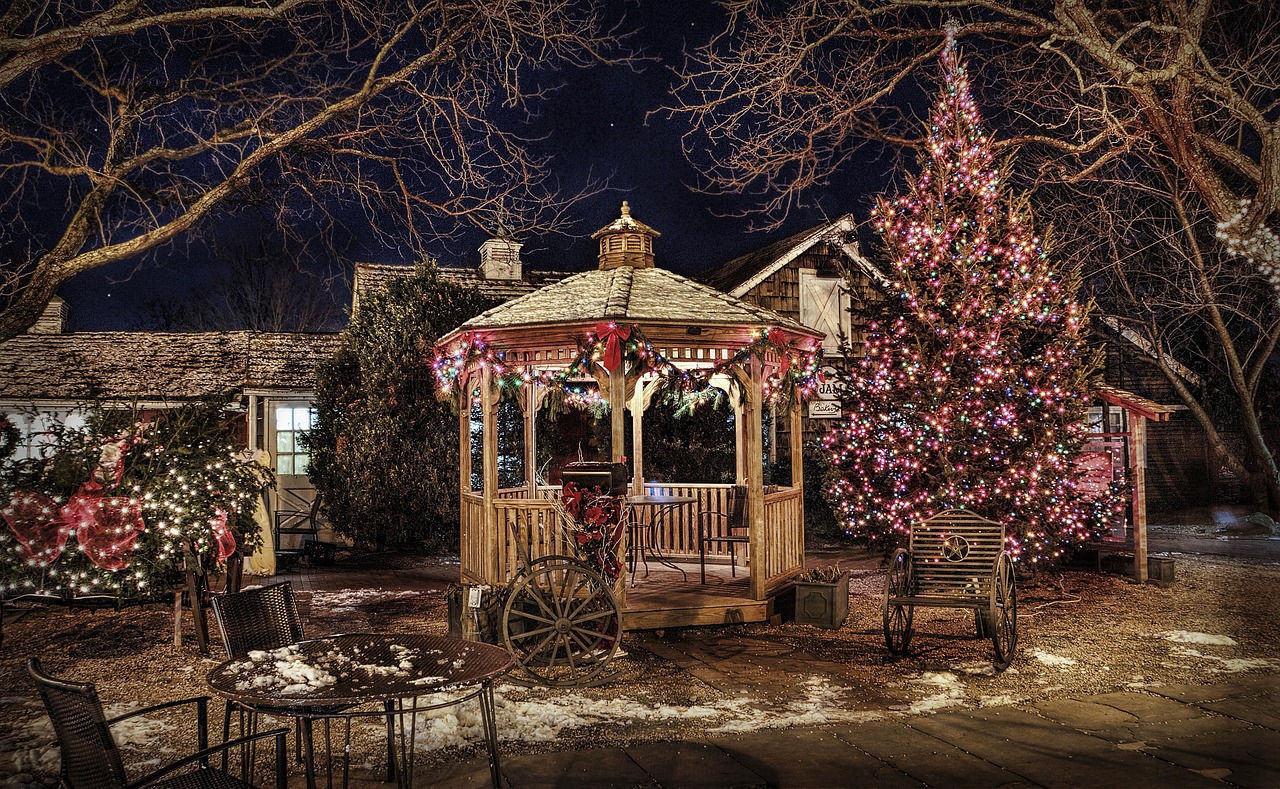Holiday decorating feels personal because it is. Traditions live on doors, windows, mantels, and front yards, while shared neighborhoods add rules. Most associations can set time, size, and safety limits; few can erase lawful expression outright. Federal protections, fair housing duties, and basic property rights still apply. The balance is straightforward: celebrate within neutral, consistent guidelines. What follows are common areas where blanket bans usually fail and narrow, objective limits tend to stand, keeping peace without dimming the season’s light.
The U.S. Flag And Service Banners

Federal law protects respectful display of the American flag, and many jurisdictions extend similar treatment to POW/MIA and military service banners. Associations may regulate placement, size, and mounting for safety, but outright bans rarely survive scrutiny. Reasonable rules mirror flag etiquette, require secure brackets, and limit lighting that trespasses into bedrooms. When standards remain neutral and measurable dimensions, materials, and fixings they hold. When content becomes the target, enforcement drifts into discrimination and legal trouble follows.
Religious Symbols And Observances

Fair housing rules prohibit discrimination based on religion, obligating reasonable accommodation for sincere displays such as menorahs, nativity scenes, or door mezuzahs. Time, place, and manner limits can still apply, but blanket prohibitions or selective approvals expose boards to risk. Neutral policies use clear metrics size caps, flame resistance, and dates applied evenly across traditions. When criteria stay objective and content agnostic, hallways remain orderly, rights remain intact, and holiday meaning does not depend on majority taste.
Window Candles And Interior Displays

Interior decor visible from the street sits on private space, so regulation generally stops at genuine safety concerns. Electric window candles with certified cords, paper stars kept clear of heat, and trees positioned away from vents are ordinary, lawful choices. Attempts to dictate interior color schemes or prohibit lawful symbols for aesthetics alone typically overreach. Where documents reference appearance, enforceable limits address hazards, glare, and material damage not taste keeping the line between safety and preference clear.
Seasonal Wreaths On A Private Door

A simple wreath or seasonal hanger on a unit door is widely treated as minimal, non-structural decor. Associations may bar nails that compromise fire-rated doors, and they can specify profile depth, flame-resistant materials, and size. What they cannot usually defend is a flat prohibition on any door adornment or content-based approvals that favor some holidays over others. Neutral, uniformly applied guidelines keep corridors tidy while respecting ordinary expressions of season and belief.
Temporary Yard Displays On Owned Lots

Owners who hold title to the ground underfoot retain baseline rights to temporary decor on that lot. Associations can set windows for installation and takedown, cap the height of inflatables, and require anchoring that spares irrigation and utilities. A categorical ban on all seasonal yard displays is unlikely to stand where governing documents allow customary use. The workable compromise is clarity: objective metrics dates, lumens, decibels posted in advance and enforced the same way for every address.
Reasonable Lighting That Meets Safety Codes

Holiday lighting that complies with electrical codes, uses outdoor-rated cords, and respects quiet hours is hard to prohibit outright. Boards can require GFCI outlets, set timer ranges, and curb upward glare that washes into bedrooms. What tilts unlawful is a zero-light rule during a defined season or discretionary approvals with shifting justifications. Neutral caps on brightness, hours, and placement protect festive plans and sleep alike, turning illumination into shared ambience rather than dispute.
Neutral Rules And Equal Treatment

Even the tidiest handbook fails if enforcement is uneven. Associations cannot approve one holiday’s colors and reject another’s symbols, or overlook late removals on one street while citing a neighbor the same day. The legal thread is fairness: content-neutral, objective standards, communicated early, and applied consistently. When boards stay in that lane safety, maintenance, and shared quiet seasonal expression fits. Neighbors feel the policy rather than the preference, and trust in the rules improves.


